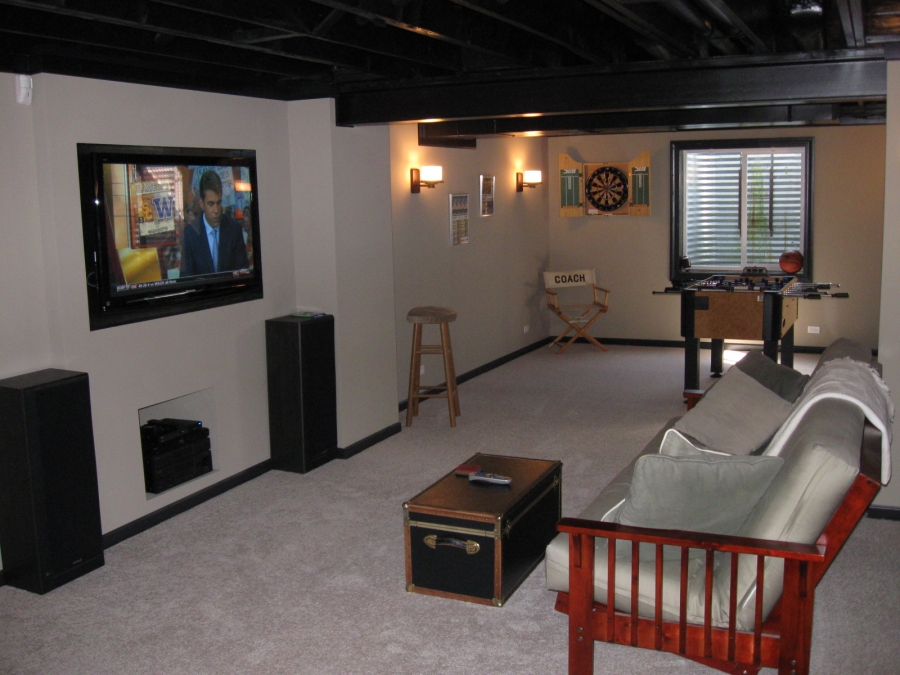The Home Gym: Balancing Functionality with Aesthetics
Maximize square footage, get an efficient workout, and maintain the beauty of your home with these five home gym recommendations from fitness expert Karen Stoller.
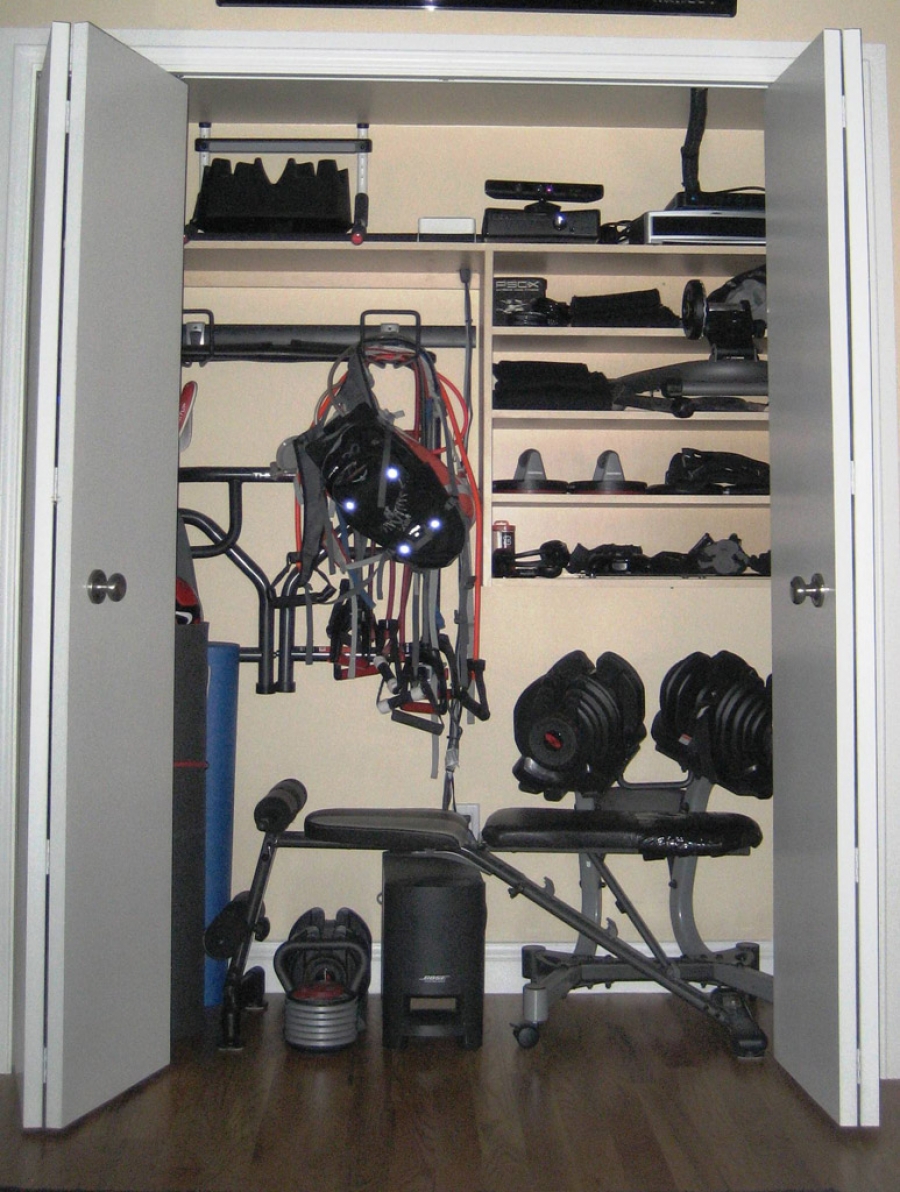 Image courtesy of Lisa Taylor Minor
Image courtesy of Lisa Taylor Minor
As the movers began to unload my husband’s workout equipment into our small downtown loft, I silently groaned and bit my tongue. Although I appreciate my husband’s preference to work out at home, I wasn’t too thrilled about all his unsightly equipment taking up valuable square footage. No matter how hard I tried, I couldn’t even begin to reconcile fitness equipment with the modern vibe we were hoping to achieve in the loft. And as a bonus, the only appropriate area in the condo for working out just happened to be adjacent to the front door. The first thing I’d see every day upon entering home sweet home: a weight bench. Ugh.
Yet, I decided to look at the bright side. It could have been much worse. A few years ago, my husband sold his humongous “all in one” system and replaced it with a fold-up weight bench, an interchangeable dumbbell system, several miscellaneous bands and gadgets, and a hanging bar that could easily be mounted in a doorframe. At least we were no longer dealing with the immovable big white monstrosity of years past. Our challenge was to figure out a way to hide all this compact workout equipment but still make it easily accessible.
To remedy our situation, my husband designed a customized shelving unit, taking into account the exact equipment that he uses. We then hired a local contractor to convert an enclave into a closet and build out the shelving unit. My husband can now easily pull out the equipment he needs, then return it to the closet and shut the doors when he’s finished. Bliss. In addition, we purchased an inexpensive flat screen TV and had it professionally mounted above the closet. All of the wiring, the cable box, and the receiver are hidden within the closet. Although it took some creative thinking, planning, and a minimal construction budget, this ended up being the ideal solution for maintaining our modern aesthetic and making our space workout-friendly.
The reality is that no matter where you live or how much space you have, the home gym is inherently good, but it isn’t exactly pretty. Balancing aesthetics with functionality can be quite a challenge. Yet, the good news is that all hope isn’t lost: it is possible to satisfy both objectives. In our particular situation, this balance was achieved by choosing the right equipment and then investing in a customized storage system to accommodate it.
Although I’m happy with our solution, I wish I’d met Karen Stoller, an architect, certified strength and conditioning specialist, and gold medalist in Olympic lifting, prior to solving our dilemma. Stoller has a unique combination of skills; for the past three years, she has made it her business to help corporations and homeowners create efficient workout spaces. Here are her suggestions for creating a functional, efficient, and aesthetically pleasing home gym.
1. Invest in space-saving equipment.
Regardless of how much space you have to work with, Stoller always recommends a minimalist approach. “Very little equipment is actually necessary for achieving a full-body workout, and the latest fitness products are designed to take up minimal space while maximizing workout efficiency and results,” she said.
Stoller explained that in the last several years, fitness specialists have moved away from recommending large, heavy pieces of equipment that only target one specific muscle group: “Today, we emphasize functional training – the use of loose auxiliary equipment, such as kettlebells, medicine balls, and resistance bands that allow for three-dimensional multi-planar ranges of motion."
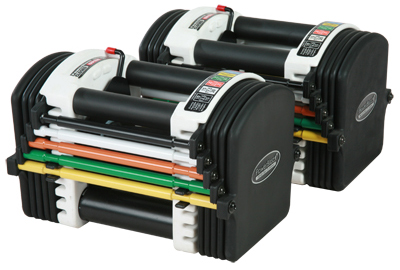
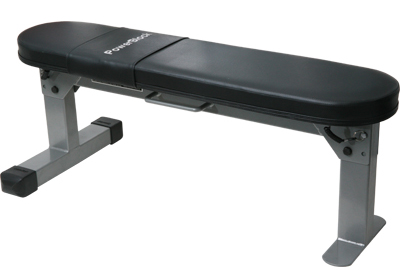
According to Stoller, this trend toward functional training is not only beneficial from a physiological standpoint, it also really helps in terms of space utilization and storage. “These products allow you to work your body in a way that mimics how you move in everyday life, yet they don’t take up much space and can easily be stored,” she explained.
Stoller explained that cardio equipment has also trended toward minimalism in recent years. “Manufacturers are more cognizant than ever of space restraints, and as a result, the latest stationary bikes, treadmills, and climbers offer a reduced footprint,” said Stoller.
When setting up home gyms for her clients, Stoller incorporates three key aspects of fitness: suspension training, strength and conditioning, and cardio. “I typically include a set of interchangeable weights (such as PowerBlock); a resistance band system that allows for rows, pull ups, and squats (such as TRX or RipCord); a stationary bike, treadmill, or VersaClimber; balance disks; and a stability ball, medicine balls, foam roller, jump ropes, and an AIREX mat,” said Stoller. “Perform Better is a great resource for researching the most current and efficient exercise equipment on the market.”
Stoller also encourages her clients to take advantage of programs such as P90X and Spartacus, as well as yoga, pilates, and ballet barre DVDs, which are ideal for home workouts.
2. Think through both the functional and psychological aspects of your workout space.
When designing home gyms, Stoller takes the actual workout space and storage needs into consideration. “You need to make sure that you have room to move freely and safely throughout the exercises, as well as designate space that can be used to store loose equipment when you are finished,” she said. “If you don’t have a closet that can be utilized for equipment storage, another viable option is a sturdy shelving unit.”
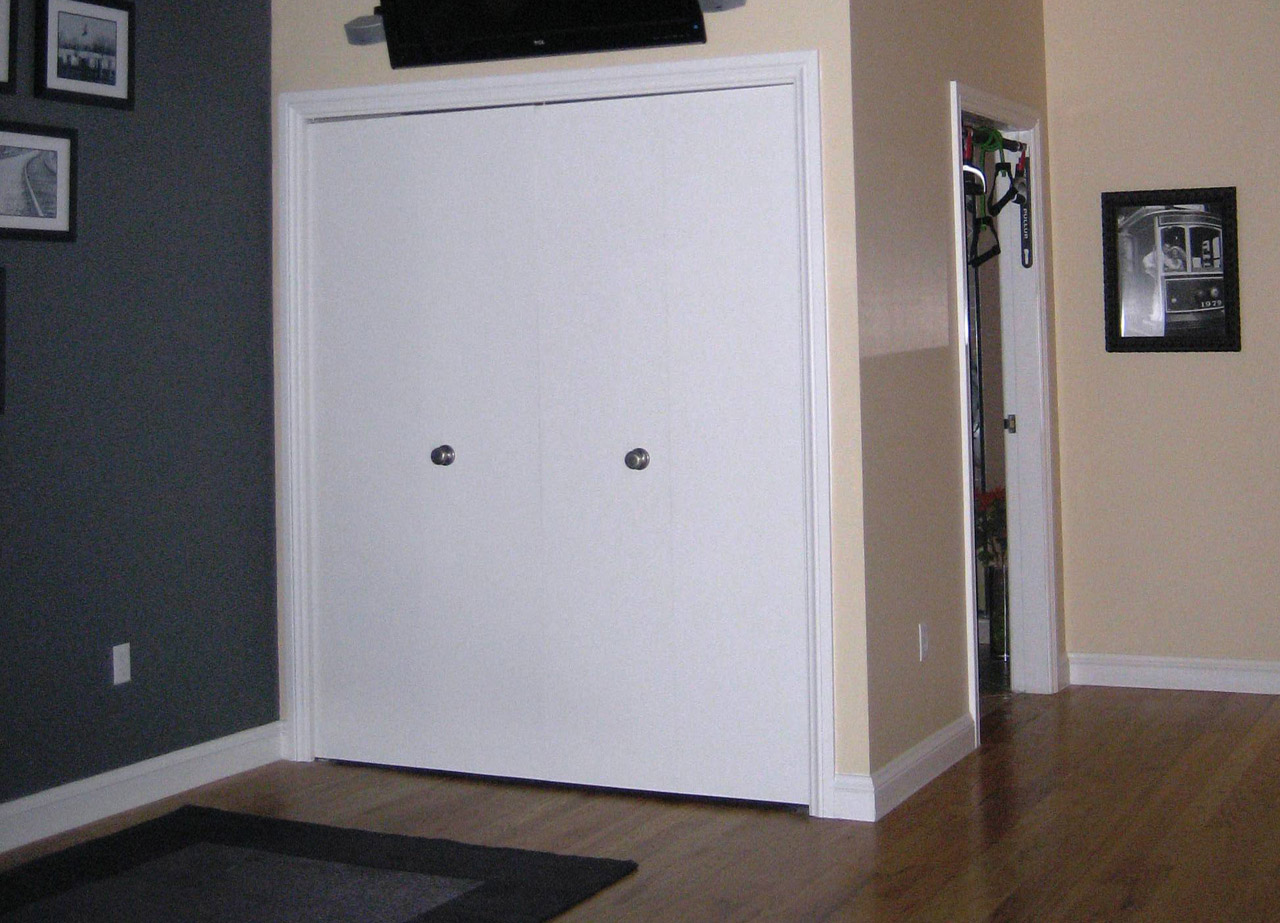

Stoller also takes psychological factors into consideration during the space-planning phase of the process. “If the available space is located in an area of the home with access to daylight, I try to arrange the equipment so my client will be facing outward,” said Stoller. “Sunlight and outdoor scenery can be an excellent motivator.” She also recommends including a TV in the workout space and making sure that you have access to music. “Studies prove that music and sound motivate us to exercise for longer period of time.”
3. Protect your floors.
Another factor that Stoller considers when setting up home gyms is flooring. “If you have hardwood flooring, you are going to want to protect your floors from damage that can be caused by stationary bikes, treadmills, climbers, and weights,” she said. “It’s always a good idea to invest in rubber floor tiles, carpet tiles, or mats.”
4. Make sure your equipment is easily accessible.
“If it’s hard to get to your exercise equipment, this can potentially lessen your motivation to work out,” said Stoller. “Organizing your equipment and making it accessible helps to remove this psychological barrier and encourage frequent exercise.”
Stoller advises homeowners to store all equipment in close proximity to the space that will be used for workouts.
5. Incorporate the vibe and personality of your home into the workout space.
According to Stoller, if your home gym reflects your personal taste and style, the more likely you will want to spend time there. “Although most of my clients choose to keep the wall color neutral and consistent with the palette used throughout the rest of the home, I like to add personal touches to the space, such as vibrant artwork, personal photos, and colorful floor mats,” she said. “These little details can really help motivate and inspire you to push yourself.”

Lisa Taylor Minor
Lisa Taylor is a freelance writer and marketing consultant. She has more than 16 years of experience as a communications professional and has worked with a variety of companies in the home products and building materials industry. Originally from Memphis, TN, Lisa earned a BA in Journalism from the University of Memphis in 1995 and a MA in Journalism from the University of Memphis in 1997. She spent the first 11 years of her career working in account service for Memphis advertising agencies Thompson & Company, Oden Marketing & Design, and Carpenter/Sullivan. Lisa then spent five years in Nashville, TN, with The Buntin Group, an Adweek Top 100 U.S. advertising agency, and Louisiana-Pacific Corporation, a leading manufacturer of building materials. Lisa currently lives in Denver, CO, and is Principal/Owner of Wazee Marketing.
Website: www.wazeemarketing.com
